12 Regulatory Framework from State Survey
On March 9, 2020, a survey on use of soil background for risk assessment was sent to designated individuals who provide responses to ITRC surveys for each U.S. state and the District of Columbia. The purpose of the survey was to elicit current state practices for addressing soil background through the risk assessment processes.
This survey focused on finding out how individual states currently handle soil background with respect to definitions, state guidance and regulations, use in risk assessment, and other factors. The survey did not target federal agencies or guidance available from other countries. Also, because in most cases the responses came from one person representing the state, they may not be complete, current, or represent the range of soil background uses in risk assessment from multiple jurisdictions within a state. Readers should consult with the appropriate state agencies for the most current approaches relevant to specific sites.
12.1 Description of State Survey
The survey included a mix of multiple choice and open-ended questions. The key questions were:
- Does the state regulatory agency have a definition for natural and/or anthropogenic ambient soil background? If so, please provide the definition(s) and a link to the document where it is presented.
- Does the state regulatory agency recommend using natural and/or anthropogenic ambient soil background values in risk assessment?
- Has the state established statewide or regional natural and/or anthropogenic ambient soil background values? If so, please provide a link.
- Have studies to establish statewide or regional natural and/or anthropogenic ambient soil background been conducted in the state with or without agency approval/endorsement? If so, please provide the reference or URL.
- Will the regulatory agency allow geochemical evaluations to be used to support risk assessment?
12.2 Overview of State Survey Results
A total of 36 states, including the District of Columbia (71%), responded to the state survey, leaving 15 states (29%) with no responses, as shown in Table 12-1 Summary of the State Survey Summary. Figure 12‑1 through Figure 12‑5 summarize the findings of the survey based on the above questions.
In general, of the 36 responses total, most address natural and/or anthropogenic ambient soil background in some way:
- 61% indicated that states have definitions for natural soil background or for both natural and anthropogenic ambient soil background; no states responded that they have a definition for only anthropogenic ambient soil background.
- 92% indicated that state agencies recommend using soil background values (natural, anthropogenic ambient, or both) sometimes in risk assessment.
- 54% indicated that states have established soil background values, either natural and/or anthropogenic ambient.
- 59% indicated that states have statewide or regional soil background studies.
- 94% indicated that state agencies either allow geochemical evaluations or sometimes allow them, depending on site-specific conditions, to support risk assessments.
- It should be noted that states that did not submit survey responses could have some level of guidance regarding natural or anthropogenic ambient soil background and its use in risk assessment. Thus, the percentages shown above and in Figure 12‑1 through Figure 12‑5 refer only to the 36 responses received.
12.3 State Survey Results
Figure 12‑1 shows the breakdown of responses to the first question, whether the states that responded to the survey have definitions for both natural and/or anthropogenic ambient soil background. For reference, Table 12-2 Summary of the State Survey Summary includes any definitions with comments or links that were provided in the survey responses.
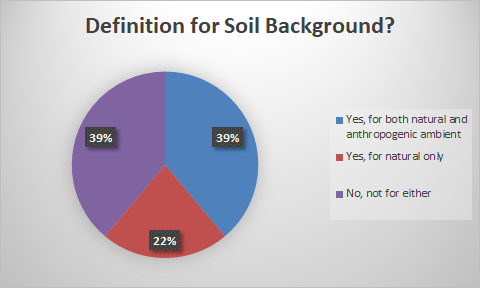
Figure 12‑1. Definitions for natural and/or anthropogenic ambient soil background.
Figure 12‑2 summarizes the state survey responses regarding the use of natural and/or anthropogenic ambient soil background values in risk assessment. The survey question asked if state agencies “recommend” the use of soil background values in risk assessment. Although 8% of the responding states reported” no,” it is possible they may allow it while not actively recommending it. The survey did not address whether those states might “allow” use of soil background in risk assessment.
For further reference, the state guidance summary table (Table 13-1 Summary of the State Survey Summary) identifies specific guidance documents, some identified through the state survey and others researched independently, that address soil background use in risk assessments.
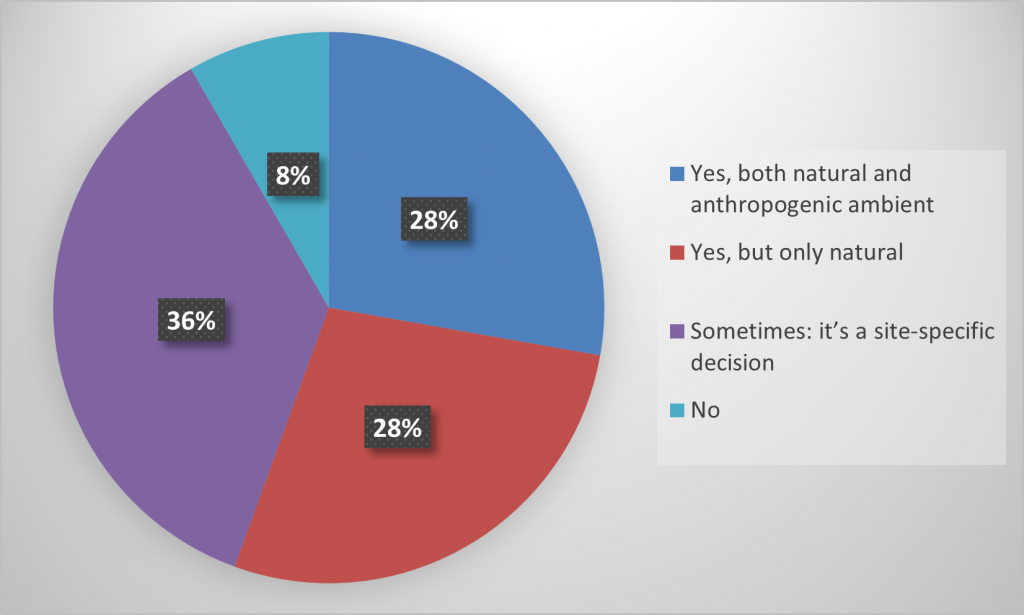
Figure 12‑2. Recommend using natural and/or anthropogenic ambient soil background values in risk assessment.
Figure 12‑3 shows that more than half the survey responses indicated that the states have established statewide or regional soil background values.
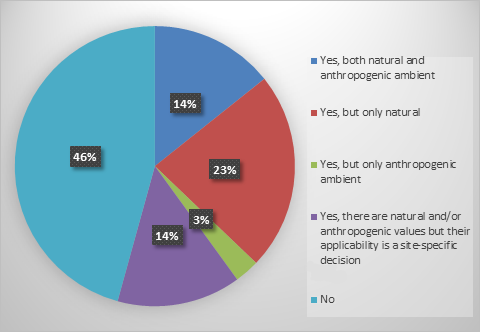
Figure 12‑3. Established statewide or regional background soil values.
More than half of the survey responses (Figure 12‑4) indicated that statewide or regional natural and/or anthropogenic ambient soil background studies have been conducted within the state. These studies may or may not have been prepared with agency approval or endorsement but rather by independent organizations or researchers. For example, some states will consider soil background surveys prepared by the U.S. Geological Survey, with or without state involvement, to be valid for use in risk assessments.
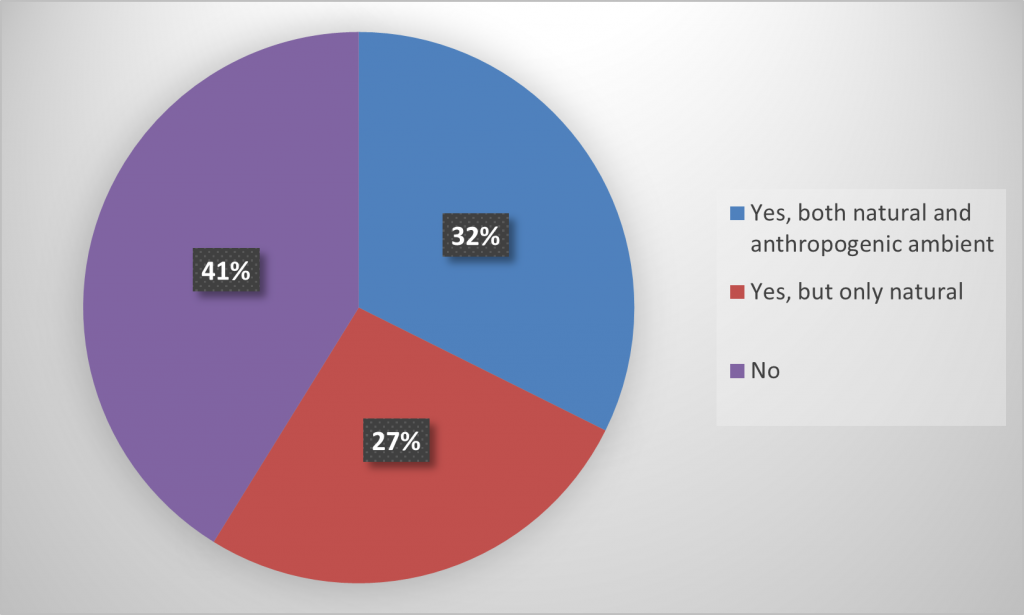
Figure 12‑4. Studies to establish statewide or regional soil background with or without agency approval/endorsement.
Figure 12‑5 shows that most of the states that responded to the survey (94%) allowed the use of geochemical evaluations to support risk assessments in some way.
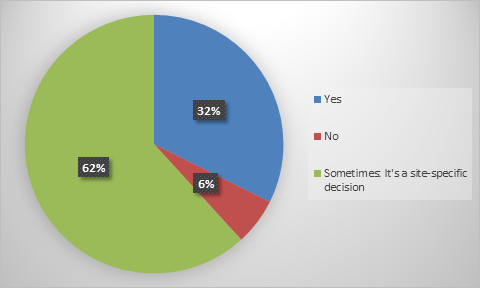
Figure 12‑5. Allow geochemical evaluations to support risk assessment.


